Hop Seasons | What Happens at a Small Hop Farm Throughout the Year
In the year-long agricultural cycle of beer’s main ingredients, hop harvest gets all the glory. Fresh hop and wet hop beers fill shelves and taplists every fall, a celebration of craft beer’s trendiest ingredient. Brewers flock to the Pacific Northwest (or their local hop yard) to evaluate the season’s best lots and choose hops for the coming year. Most of our “seasonal” beer styles today are nods to tradition rather than agricultural dictate, but these beers are different, a hold out from a time when brewing schedules and beer styles were guided by the growing calendar.
Hop harvest gets all the hype, but work on the hop farm begins much earlier. While most of us are still staying cozy inside our homes waiting for spring, work is beginning to prepare for the coming hop season. Farming is a year-round project; harvest is just the coronation.
At Zachrich Hop Yard and Farm near Mechanicsburg, Ohio, hop season begins in the heart of the Midwestern winter. The weather in February and March can be highly variable in this part of the country, with highs in the 70s being as likely as blizzard warnings. This makes it nearly impossible to predict when the hop rhizomes in Zachrich’s 1.3 acre hop yard — slumbering away beneath the soil throughout the coldest months — will wake up and begin pushing shoots toward the surface of the soil to begin their cycle anew. Before they do, Zachrich will start preparing the hop field.
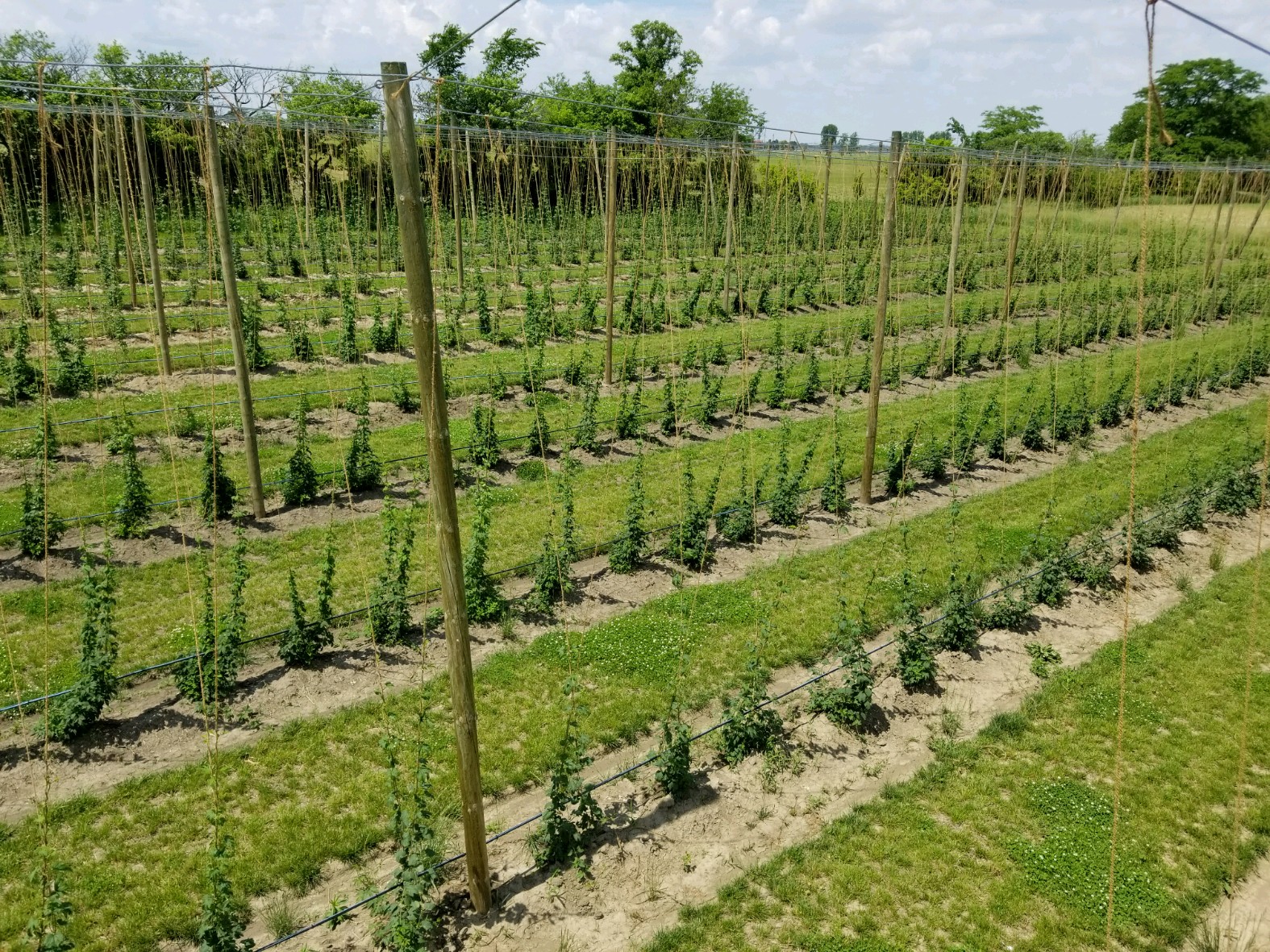
First Growth
“February is when real works starts to happen,” says Nick Zachrich, who owns the hop yard with his wife, Mallory, on the family’s 7th generation farm. “You want to get there before the hops wake up for the season.”
In February, Zachrich will work through a 7-10 day rotation of fungicides to try to lessen the fungal load the hops will have to contend with. The works begins by applying herbicide and fungicide to the soil to make sure the new hop sprouts won’t immediately be affected by spores or outcompeted by weeds.
“A lot of our diseases we’re looking at are soil-borne pathogens, meaning there’s living in the soil and they’re waiting for the hops to wake up so they can have the host they’re looking for,” he explains. “If the spores are right there by the surface, then as the hops come up, the spores go up with them and that gives them the environment they need to start growing too.”
The hops themselves typically begin to break through the soil in late February, though this depends on seasonal conditions. The exact date the hops will emerge is dependent on soil temperature rather than falling around a specific date every year, and it can vary a bit between hop varieties. Nick says Zeus, for example, emerges quickly, whereas Cashmere is reluctant to poke its head out of the ground. When the bines first emerge, they’re purple, rather than the bright green they’ll turn as they grow. (Bines are plants that climb a vertical surface by winding around it, whereas vines climb by attaching to that surface with tendrils or other appendages.)
Because the exact date depends on soil temperature, Nick says he can track the beginning of hop season from south to north across the state. Zachrich is just northwest of Columbus in the center of the state; hop farms farther south near the Ohio River might see first growth a couple weeks earlier than his farm, whereas hop farms farther north near Lake Erie might be a couple weeks behind.
The next major decision Nick and Mallory will need to make is whether or not to prune back the initial growth of the bines or just let them grow. Hop shoots are typically cut back at the beginning of the season to allow the plant to store more energy for the main growing season, but Nick says some early season varieties might not grow high enough to hit the top wire of the trellis if they’re cut back initially. This year, they decided not to prune at all for both timing reasons and because of the moisture level in the hop yard.
The uncertainty of Ohio’s spring means frost and freeze cycles are still likely, and allowing the first hop shoots to grow means the first leaves might receive frost damage and turn yellow. This won’t harm the majority of the plant, but it can make it difficult to distinguish initially between what is discolored because of frost and what might be the early warning signs of disease. After a few weeks, the difference becomes apparent. The plants can easily overcome the damage from frost, and sometimes it’s worth it to give them a head start on the season.
April Showers
The next major variable for the hop yard to consider is moisture; while plants obviously need water to grow, too much can be more of a problem than too little. Water management is extremely important.
“If we have a really wet spring and there’s water laying in the hop yard and those roots are saturated, it’s going to really slow down the growth and they’re not going to want to get that jump start they usually get in the spring,” Nick says.
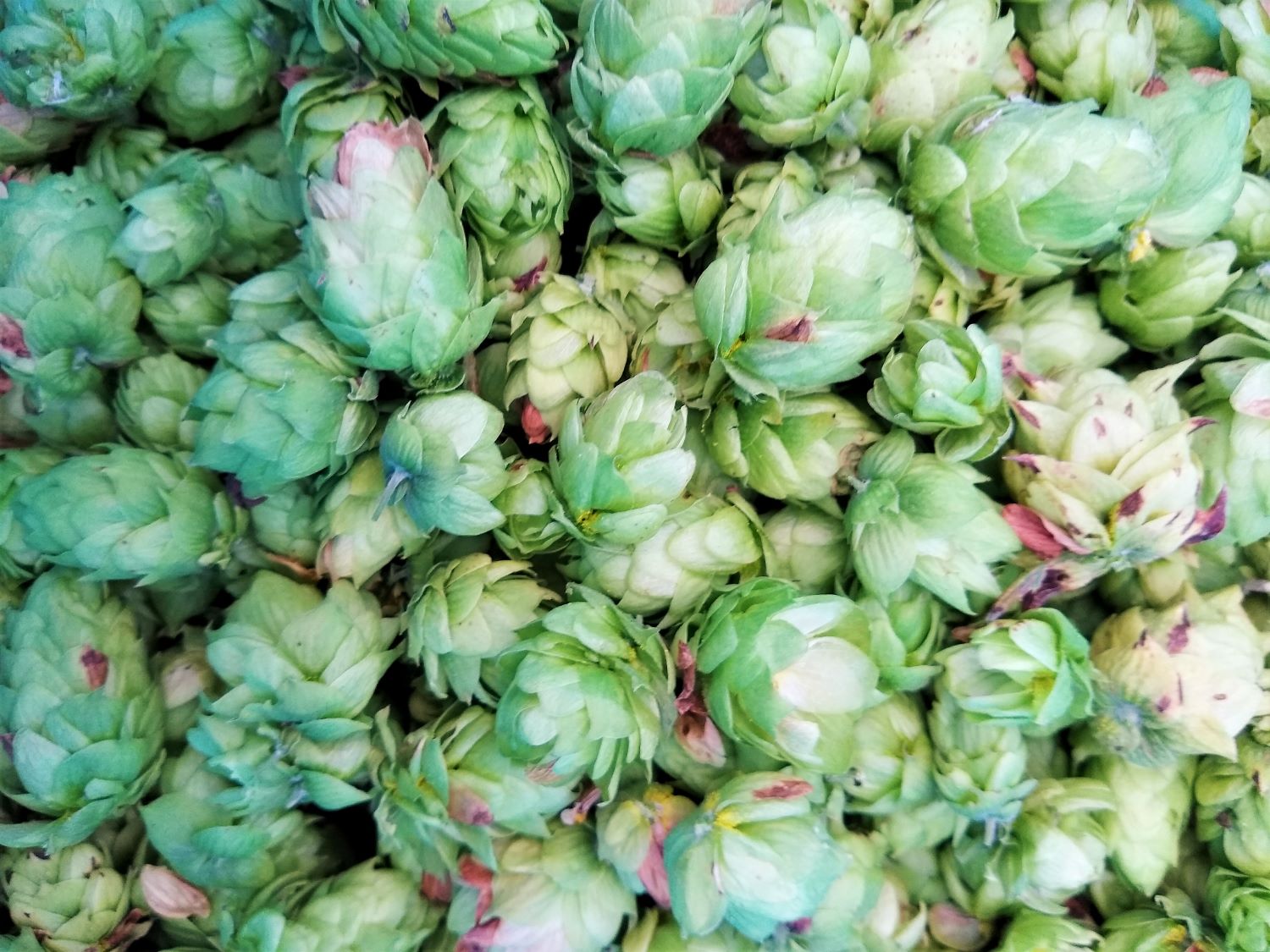
Until the soil dries sufficiently, the hop plants will stagnate and refuse to grow, which can have an impact on yield come harvest time. Ohio has very wet springs, and when they’re too wet — particularly if there are significant rain events that leave water standing in the hop yard — the Zachrichs know to expect reduced yield. To add to this, their hop yard slopes slightly, and the backside of the hop yard is a waterway. There is a visible change in yield from the upper part of the yard to the lower, where the soil stays more damp. Additionally, the humidity in the region can make disease more likely. A drier year is actually better for the plants.
In the Yakima Valley in Washington — ground zero for the U.S. hop industry — early season rainfall can sometimes be followed by months of dry weather. When Nick spoke with farmers there this spring, they told him it’s not uncommon to have no precipitation at all during June, July and August. In Ohio, higher humidity and more consistent rainfall results in a completely different growing environment.
In Yakima and surrounding regions, farmers will often knock down their hop hills before each season (a hill is a small mound from which each bine grows). Zachrich leaves theirs standing throughout the year in hopes the mounding will encourage rain runoff in the spring. Additionally, they allow grass to grow in the alleyways between trellises, which keeps the field from getting too muddy and allows them to work the yard even if the soil is wet.
Reaching for the Sky
Once the plants are trained to the strings of the trellis and begin climbing rapidly toward the sky, the biggest problem becomes the other plants that find the hop yard an ideal growing environment. Weed control is a challenge, even with the use of herbicides.
“Hops are a broadleaf plant, so it can be difficult to control other broadleaf weeds during the growing season,” Nick says, explaining that different herbicides are tailored for particular plant types, and what kills certain weeds will also kill the hop plants themselves. Weeds will consume the soil nutrients the hops need for growth — nutrients the farmers are adding in the form of fertilizer.
Weeds also limit airflow in lower levels of the hop yard, and soil-borne pathogens can piggyback on these plants and jump to the hops. The Zachrichs want to keep everything clear around the hills. After the plants get 8-10’ tall, Nick and Mallory will begin to strip the bottom part of the plant of leaves to promote airflow and make it harder for those pathogens to get a foothold.
“If there’s nothing green living and growing for that first few feet, by the time the plant is at the top wire of the trellis, the spores can’t jump from the soil to the first leaf,” Nick says. “The better the weed control and stripping of the bottom of the plant, the less you have to worry about disease spreading rapidly through the hop yard.”
Harvest at Last
Despite all the variability early in the season, harvest time is fairly predictable. With most varieties, Zachrich is within a two week window on harvest time every year. By the very end of July, they’ll have a good handle on exactly when they’ll be harvest various varieties.
“Nothing really typically hangs on longer because of any weather patterns [earlier in the season] for us,” says Nick.
Once harvest is underway, a hop farmer’s work becomes more visible, and its results more tangible. Zachrich encourages friends to come out and help a bit during harvest, but Nick jokes that the time he spends talking during these visits probably balances any actual labor assistance this provides.
Zachrich holds back a small amount of wet hops for brewers who have requested them, including Roundhouse Depot in nearby Bellefontaine. Columbus Brewing, one of the state’s oldest breweries and one of the most respected IPA brewers in the country, also uses Zachrich wet hops.
Hop harvest — and its resulting seasonal beer — is an annual celebration of the work of hop farmers, but its just a brief showcase after a year of work. Right now, hop farmers are working to keep their plants healthy as they near the peak of their growth. Months ago, when we were all still sipping winter styles, they were coaxing their plants from the soil. There’s always something to be done on the hop farm.
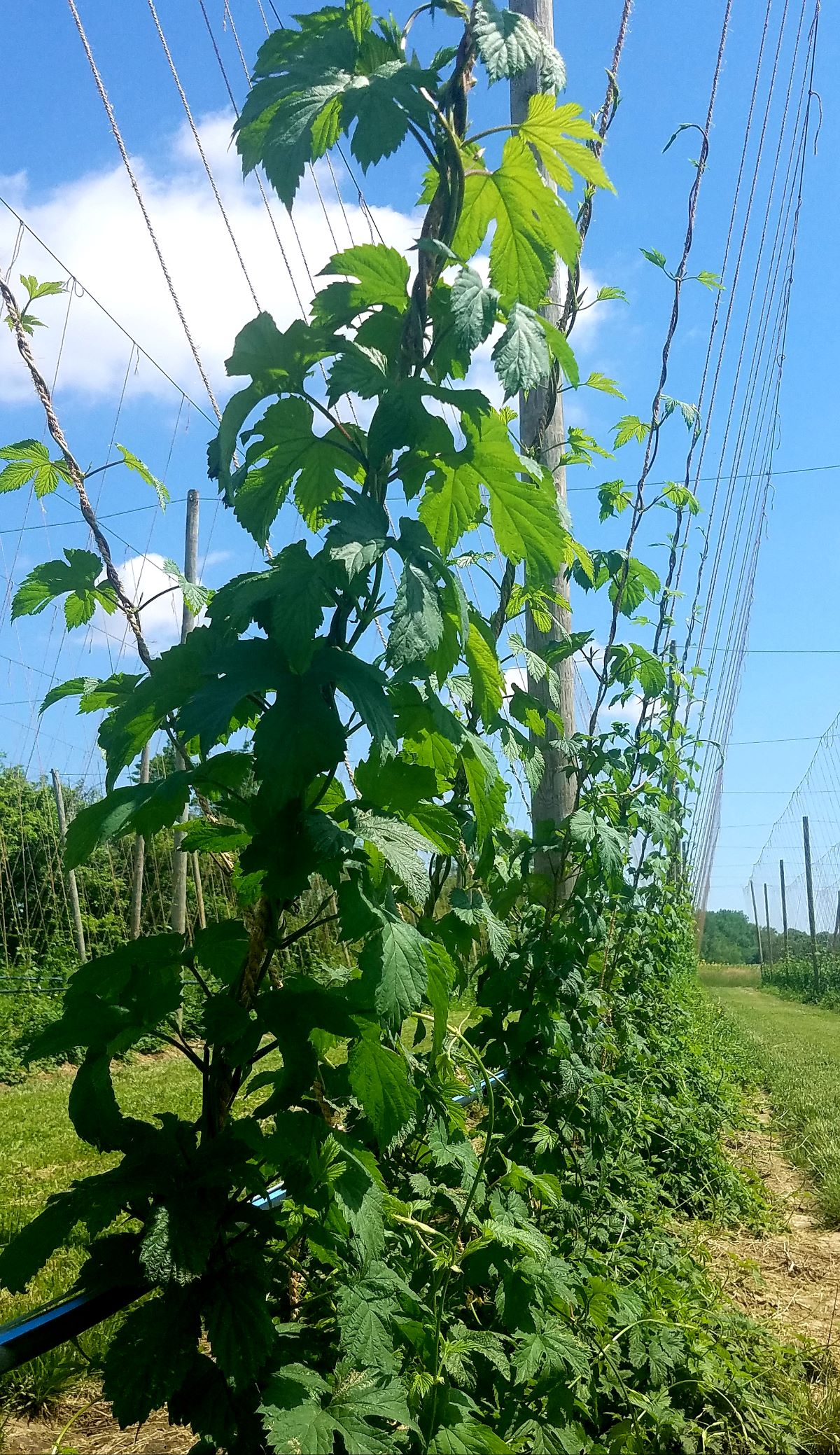


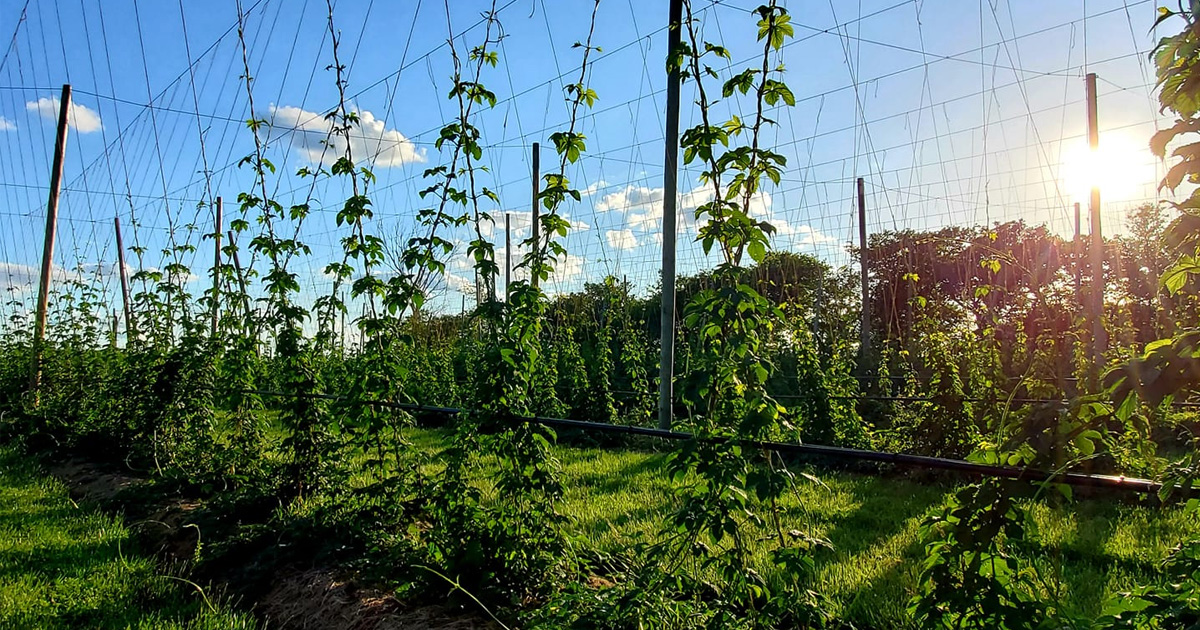

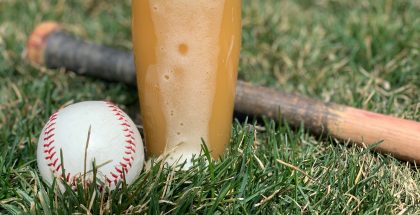



Submit a Comment